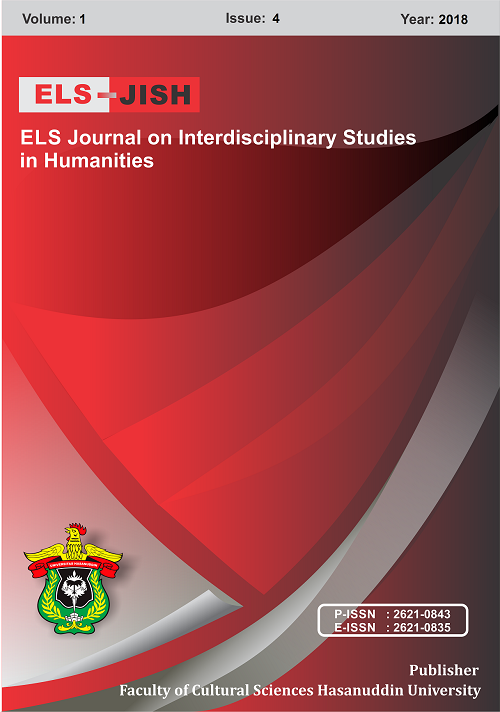Social Injustice as Reflected in Charles Dickens’ Oliver Twist
DOI:
https://doi.org/10.34050/els-jish.v1i4.4869Keywords:
social injustice, nineteenth century, EnglandAbstract
Social injustice is a phenomenon which occurred since long time ago and it still becomes a social problem nowadays, it is also depicted in many literary works, especially in the 19th century literary tradition in England. This research aims to find out the kinds of social injustice depicted along the plot story in Charles Dickens’ Oliver Twist and to know how the main characters react and solve such social injustice they encounter in their daily communal life. The research is categorized as a descriptive qualitative research, using the sociological approach. The data are collected from primary data and secondary data. The primary data are taken from Charles Dickens’ Oliver Twist through the description of events and characterizations, while the secondary data are from various books, journals, articles and some sources from internet. The research reveals that among many kinds of social injustice, poverty, social stratification and child labor are the most common issues depicted in Charles Dickens’ Oliver Twist. The researcher also finds that most of characters that experience social injustice are those who come from the lower class. They suffer poverty and cannot do anything to change the condition. In order to stay alive, most of the characters who experience such kind of social injustice prefer to conduct criminal. In relation to the application of sociology of literature theory, it is found that social injustice like poverty, social stratification and child labor depicted in the novel are the representation of the real condition at the time the novel was written.






